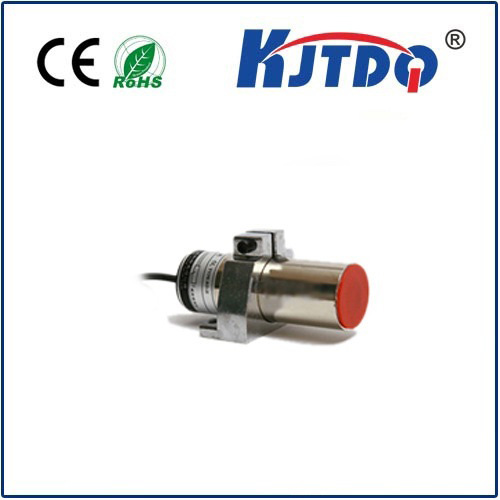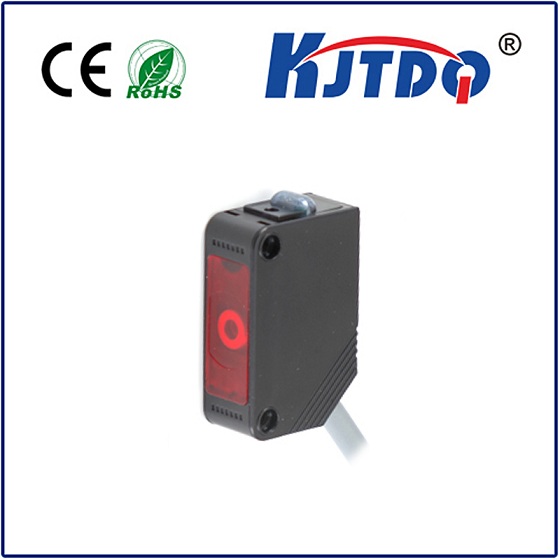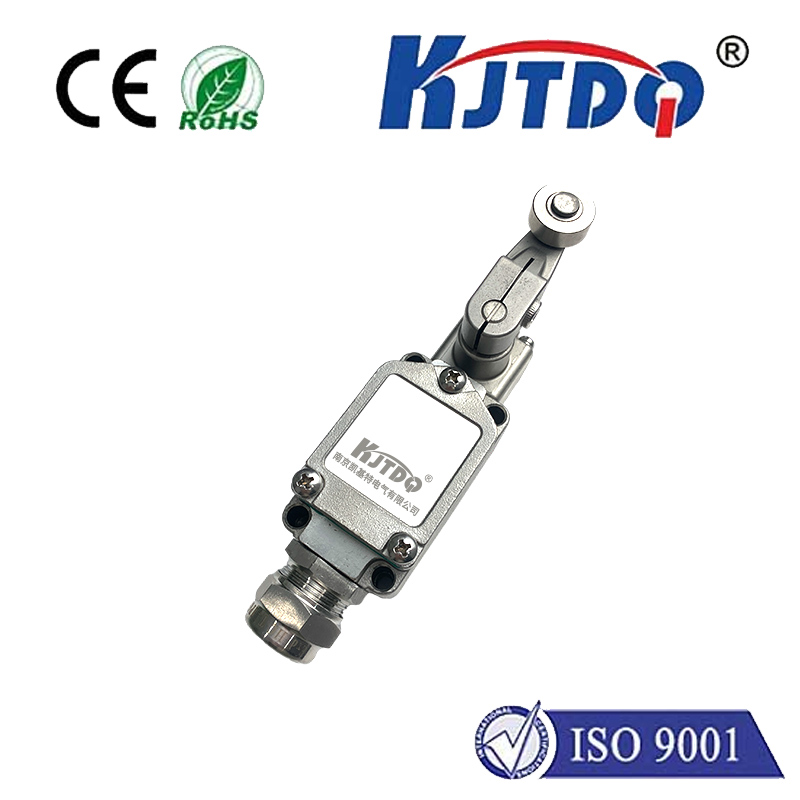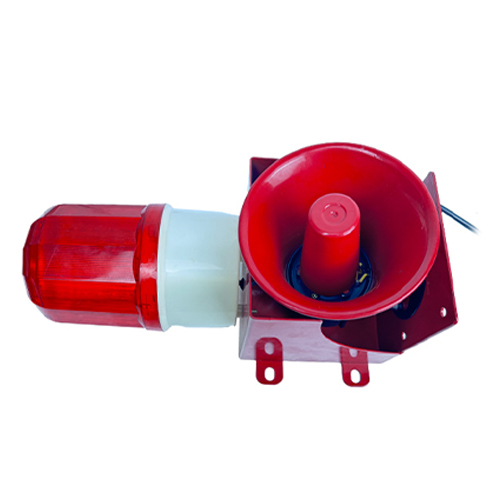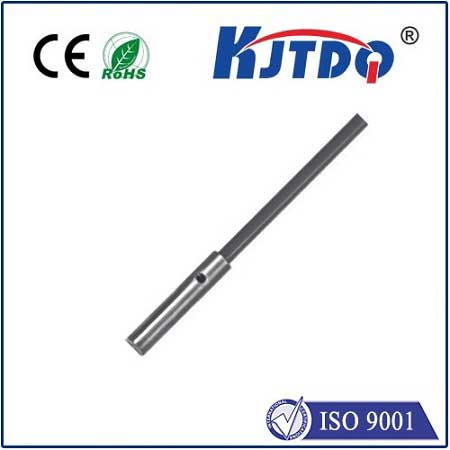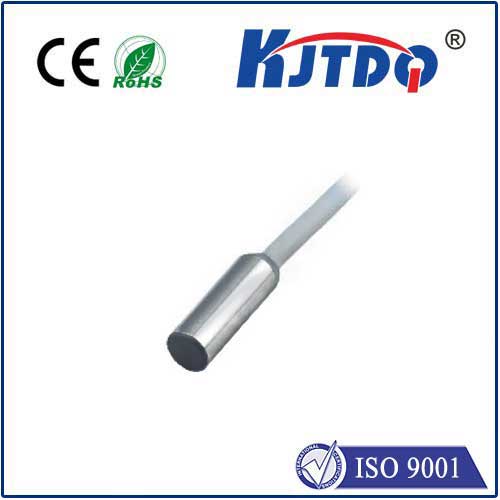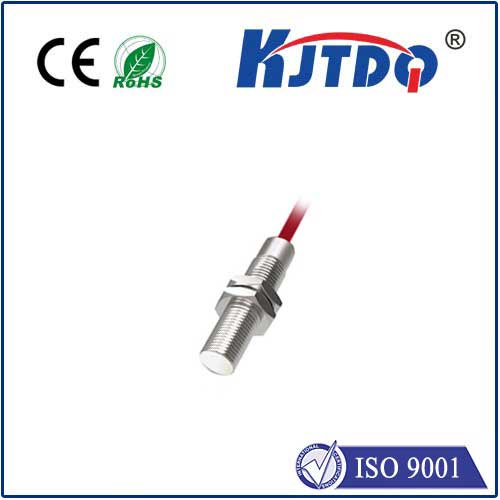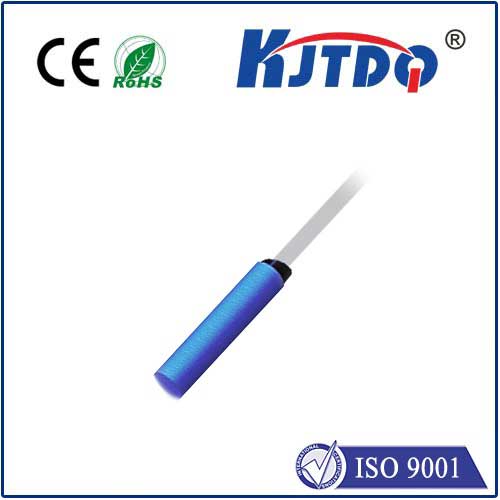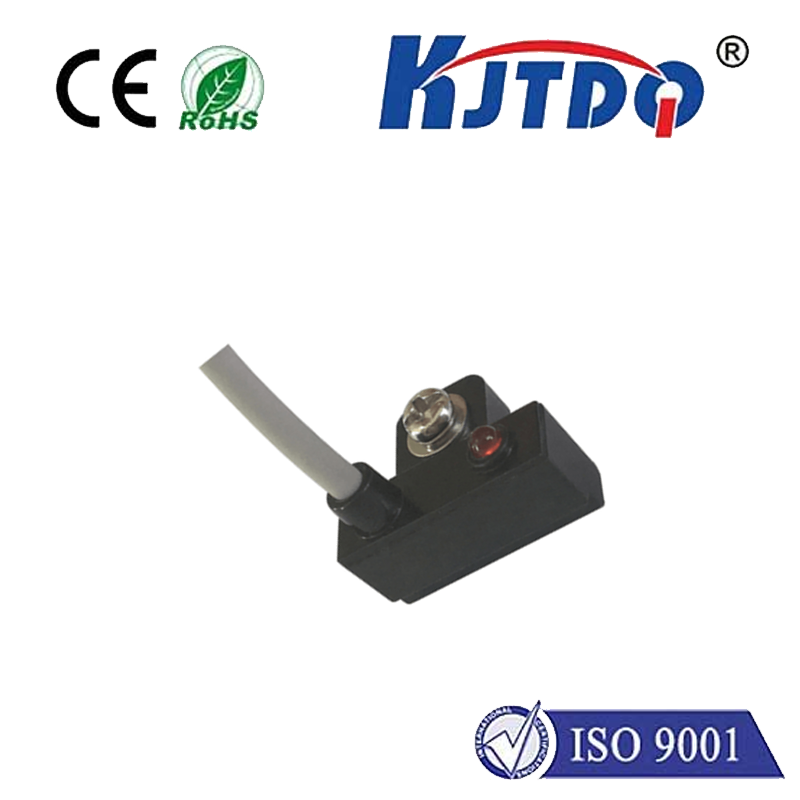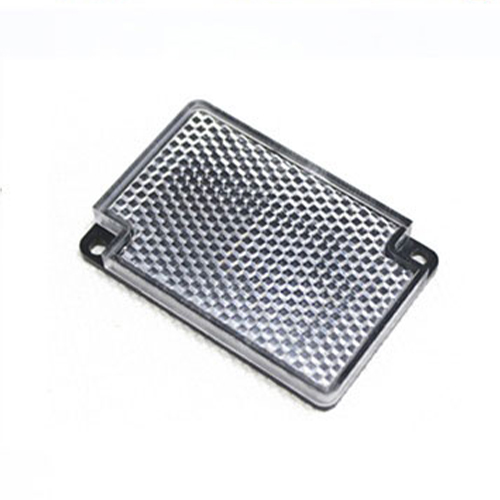

check

check

check

check

check

check

check

check

check

check
The use of inductive proximity sensors in metal detection has a long and fascinating history, dating back to ancient times when people would use metal rods to detect hidden treasures. However, it was not until the 20th century that modern technology allowed for the development of more sophisticated and accurate sensors.
In the early days of metal detection, sensors were typically made from copper or brass and were very prone to interference from other metals. As technology advanced, however, sensors became smaller, more precise, and less susceptible to interference.
One of the key developments in inductive proximity sensing was the introduction ofinductors, which are simply coils of wire that produce a magnetic field. When a metal object passes through the field, it creates a voltage difference between the two ends of the coil, indicating the presence of metal.
Today, inductive proximity sensors are used in a variety of applications, including security systems, metal detectors, and industrial equipment. They are also becoming increasingly popular in the automotive industry, where they are used to detect metal objects inside cars and prevent theft.
Despite their many advantages, inductive proximity sensors do have some limitations. For example, they can be sensitive to certain types of metal, such as aluminum or steel, and may not work well in environments with high levels of electromagnetic interference.
However, with continued research and development, it is likely that inductive proximity sensors will continue to play an important role in a wide range of industries and applications. Whether you are a hobbyist metal detector owner or a professional working in a manufacturing plant or security department, understanding how inductive proximity sensors work and how they can be used effectively is essential for success.
